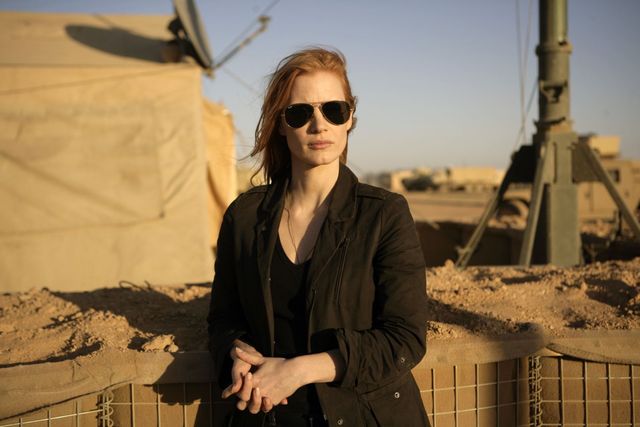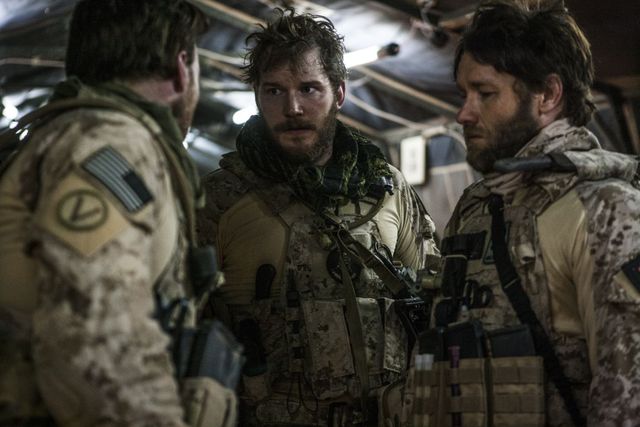Film Review: Hunt For Bin Laden Pic Zero Dark Thirty Makes Intelligence Gathering A White-Knuckle Ride
Gripping Drama Targets The Gritty Details Of Warmaking




Latest Article|September 3, 2020|Free
::Making Grown Men Cry Since 1992



